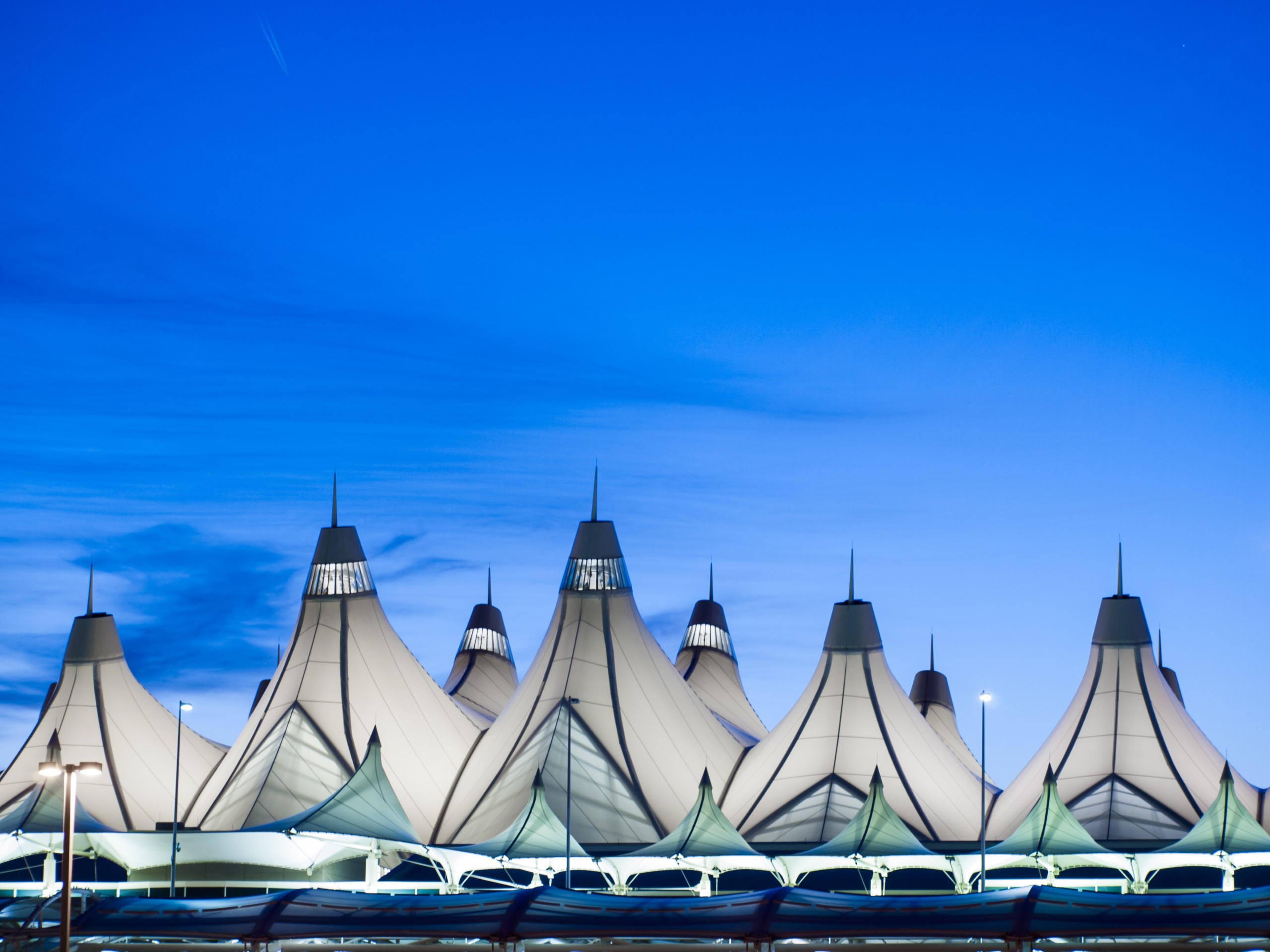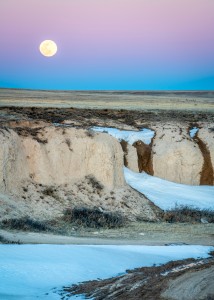International visitors have historically represented nearly 2 percent of overall visitors to Colorado, but they pack a punch: The spending of the international tourist is about 8 percent of the overall tourist spending for the state.
“We call them the ‘small but mighty crowd,’” says Andrea Blankenship, deputy director of international sales, Colorado Tourism Office (CTO). “Their economic impact is great. They stay longer, they’re staying in hotels, they’re shopping, they’re spending money at restaurants.”
Many international visitors come to visit national parks in multiple states or take “the great American road trip,” she adds. “Our job is to keep them in Colorado.”
READ: How Aspen Groves Are Driving Economic Growth in Colorado’s Mountain Communities
Between 2009 and 2019, the number of international visitors to Colorado increased by 62 percent, as domestic traffic grew by 46 percent, according to CTO data. Then the pandemic all but slammed the door shut on international tourism in 2020. After peaking at a little more than 1 million, international visitors to Colorado plummeted to 275,000 in 2020 and 340,000, primarily from Mexico, in 2021.
In 2022, that number more than doubled to about 745,000, but was still down 28 percent from 2019. Average spend per international visitor per trip, previously about $1,800, bottomed out at $1,100 in 2020 before recovering to $1,500 last year.
Blankenship says she hopes international traffic hits pre-pandemic levels in 2023, then grows from there. “My goal by 2025 is for international to be 10 percent of the overall tourism spend,” she says.
In order, the United Kingdom, Mexico, Australia, Canada and Germany are the state’s top feeder markets, and they all travel differently. Mexican nationals have long gravitated to Vail during the winter, Blankenship says. Canadians tend to behave more like domestic travelers, she adds, “and do quick hits for five days and visit all sorts of different places in the state.”
Europeans are “primarily summer visitors, and each market has a different interest. The U.K., they want to really be like a local,” Blankenship says. “[Germans] are trying to discover things that nobody else has ever found. The French love our southwest corner.
READ: A Burgeoning Van Life — How Colorado Became a Hotspot for Campervan Enthusiasts
“The Australian visitor, they’re a remarkable visitor because they come for three or four weeks at a time. You don’t see that in any other market,” Blankenship says, noting that they are the only overseas market split evenly between summer and winter.
It follows that Telluride sometimes feels like a satellite of Sydney. “Australians were running into friends of theirs here,” laughs Tom Watkinson, director of communications for Visit Telluride. “Our Aussie ski instructor was like, ‘Is the whole country here? What’s going on?’”
As international tourism continues to recover, Australia remains front and center for Visit Telluride. “I was in Australia last year with the Colorado Tourism Office, going around to six cities in nine days, meeting both the travel trade and media,” Watkinson says. “Every time I opened my mouth, everybody’s eyes lit up, like, ‘Oh my god, you’re not Australian!’ They were the second-most locked down in the world. They were very excited to see me and hear me. The country was chomping at the bit to start traveling.”
With a population of 26 million, Australia has less than half the people of the U.K. or Germany, but Watkinson says it’s a strategic target, noting, “We’re just being super conservative about where we’re going and where we’re spending our money.”
It’s not just Telluride. Tourism organizations in Denver, Durango, Alamosa, Aspen and elsewhere have all upped their international marketing budgets in 2023, or at least bumped them back to pre-pandemic levels.
While tour operators are a big focus of the state’s efforts, the CTO has increasingly targeted consumers since 2009. “We actually changed from 1 or 2 percent of our budget at that time in consumer advertising, and now it’s a quarter of our budget,” Blankenship says, noting that the Colorado Tourism Office won $2.8 million of funding from the American Rescue Plan Act of 2021. “That’s given us an extra push that we’ve put strictly into consumer promotion.”
It makes sense: Colorado competes with major mountain destinations like the Swiss Alps and the Canadian Rockies. “For those who know us, Colorado’s always been a bucket list destination,” Blankenship says.
It also helps that the CTO didn’t go dark in international markets during the pandemic. “We kept the lights on,” Blankenship says. “The market has gotten really busy, with the big destinations, the New Yorks, the Floridas, the Californias of the world coming back in, but people haven’t forgotten that we’re there.
“We’re sitting on a goldmine. People want the wide-open spaces, they want the nature. Coloradans are also very authentic people, and they also want a welcoming, very authentic experience, and that is what Colorado is really good at.”
 Denver-based writer Eric Peterson is the author of Frommer’s Colorado, Frommer’s Montana & Wyoming, Frommer’s Yellowstone & Grand Teton National Parks and the Ramble series of guidebooks, featuring first-person travelogues covering everything from atomic landmarks in New Mexico to celebrity gone wrong in Hollywood. Peterson has also recently written about backpacking in Yosemite, cross-country skiing in Yellowstone and downhill skiing in Colorado for such publications as Denver’s Westword and The New York Daily News. He can be reached at [email protected]
Denver-based writer Eric Peterson is the author of Frommer’s Colorado, Frommer’s Montana & Wyoming, Frommer’s Yellowstone & Grand Teton National Parks and the Ramble series of guidebooks, featuring first-person travelogues covering everything from atomic landmarks in New Mexico to celebrity gone wrong in Hollywood. Peterson has also recently written about backpacking in Yosemite, cross-country skiing in Yellowstone and downhill skiing in Colorado for such publications as Denver’s Westword and The New York Daily News. He can be reached at [email protected]







